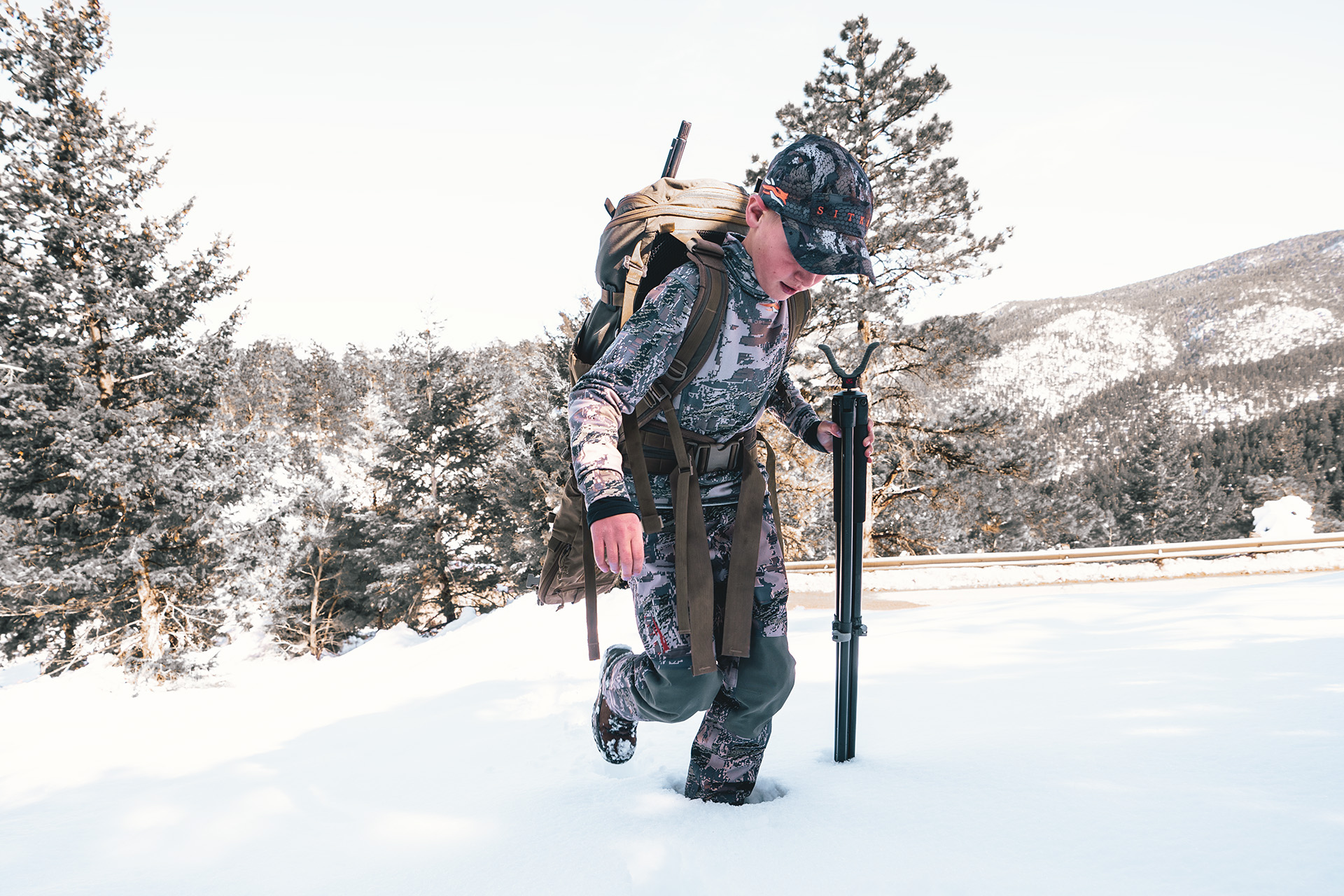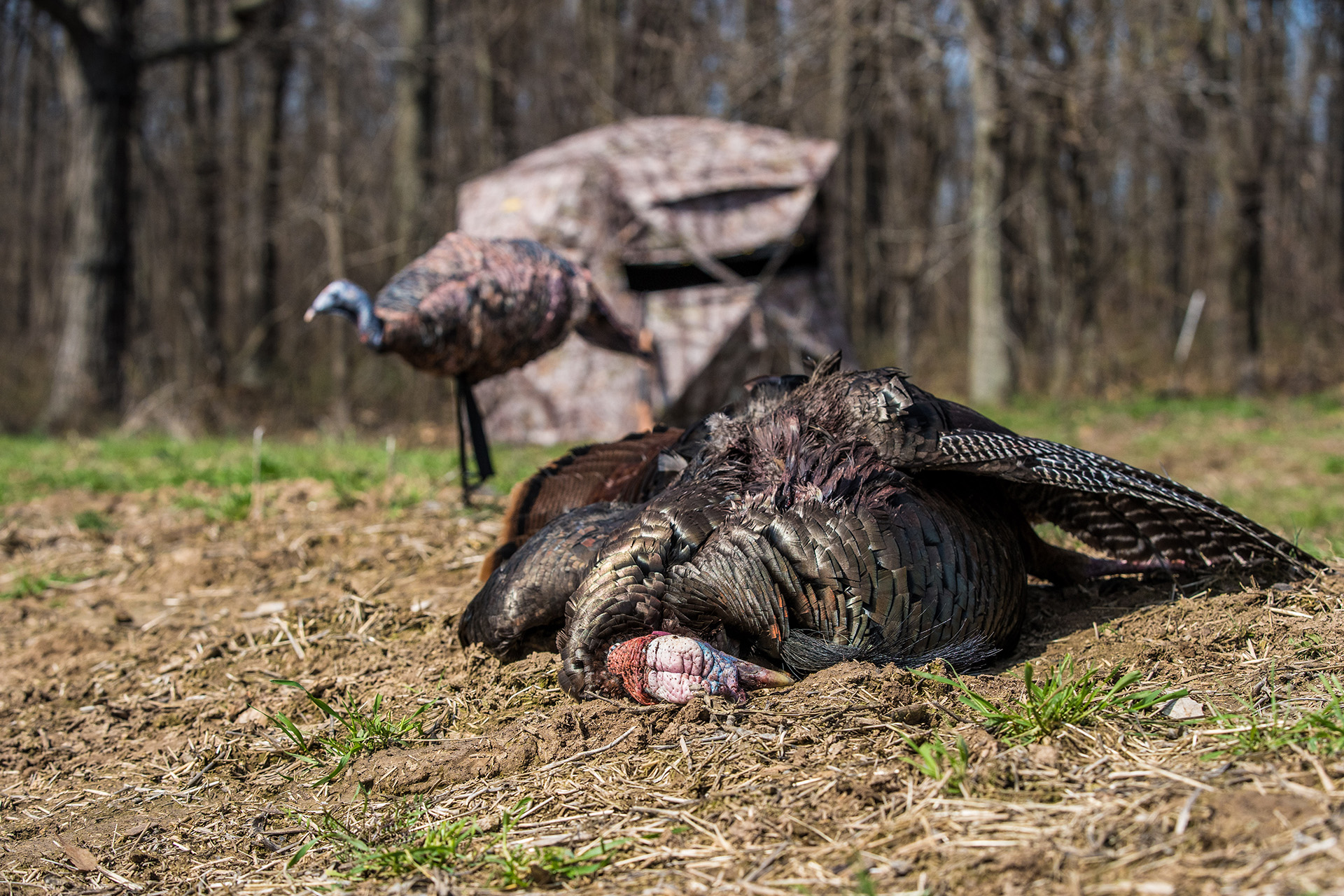Posted by Cameron Bissell on Mar 17, 2022
Going for the Wild Turkey Grand Slam
The wild turkey grand slam is a bucket list item for many who chase gobblers in the spring.
The wild turkey is a success of conservation. Brought back from the brink of extinction, the American turkey is now in every state except Alaska. Turkey hunting is as challenging as it is adrenaline-filled. Long hours in the woods and strategic calling make bagging a mature tom a trophy in itself, but there is a crown jewel for turkey hunters.
The Wild Turkey Grand Slam
The pinnacle of turkey hunting is the wild turkey grand slam and checking off all four subspecies of North American turkeys. We will detail the four species needed to complete the slam and the best locations and dates to fill your tags.
To complete the wild turkey grand slam, turkey hunters will do some traveling. Luckily, the restoration efforts of the past century have allowed populations of all four subspecies to thrive and even cohabitate in some cases. Some states on our list will have ample opportunities to hunt more than one subspecies. While a hunter can accomplish the slam in a season, it seems at odds with the love of turkey hunting. Enjoy your time in the woods and savor the hunt.
Eastern
The Eastern turkey is the most well-known of the four subspecies for the grand slam. Their large size and light brown tipped tail feather characterizes the Eastern. Easterns also possess the longest beard of any of the subspecies. Hunters will find Easterns in every state east of the Mississippi and the states on the western bank, including the plains states and Texas.
Wisconsin has one of the largest populations of Easterns in the country. With an estimated 350,000 birds spread across the state's seven million acres of public land, there is plenty of space to call in a bird.
Spring hunting is designated by zones and runs in two-week increments from mid-April until May's end. The fall season is longer, running from mid-September to mid-January in most of the state. We should mention that Wisconsin also has 413 NWTF records, which suggests that you have a good shot at an excellent Eastern during your hunt.
Merriam's
Merriam's turkeys live in the Rocky Mountain states and parts of Nebraska and the Dakotas. Their tail feathers are white-tipped and more white to black coloration in their primary wing feathers. The Merriam's gobble is very high pitched and softer overall than the other subspecies.
Wyoming is the top destination for hunters looking to check a Merriam's off their list. The Merriam's turkey has been transplanted in the state since 1935 and has done well enough to provide top hunting throughout the Black Hills region.

Fulfilling the wild turkey grand slam is an awesome undertaking, one that will bring turkey hunters across the country hunting Merriam’s in mountain passes to Osceolas in Florida swamps.
New Mexico should be choice number one for those hunters looking to hunt multiple subspecies in one season. With lower hunting pressure and the opportunity to find Rios, this state should not be overlooked.
Rio Grande
With its range extending from Kansas to Texas, the Rio Grande subspecies presents a flat land turkey available to hunters on any budget. High-pitched warbling gobbles and tan-tipped feathers characterize the Rio.
There have been documented cases of Rio-Merriam hybrids in the western states where conservation groups introduced them. However, it's unlikely that those hybrids would count for both on the checklist. While it isn't on the list of best spots, it is interesting that Rios are also transplanted in Hawaii for hunters to enjoy.

With its range extending from Kansas to Texas, the Rio Grande subspecies presents a flat land turkey available to hunters on any budget.
For the hunters selecting a guided or private land hunt, Texas is the capital of Rio Grande turkey hunting. These hunts are significantly cheaper than a whitetail hunt on the same managed property. If public land is the preferred way to hunt, Oklahoma has 1.5 million acres of walk-on accessible hunting land. The Black Kettle WMA is known for its healthy population of Rios, with much of the eastern part of the state featuring hybrids and Easterns.
Osceola
With black tail tips and longer legs than the rest, the Osceola turkey rounds out the North American grand slam as the most regionally specific subspecies. Osceolas are smaller than any other subspecies, with near-identical gobbles to Easterns. As mentioned previously, the Osceola turkey is only found in the southern half of Florida, making the state the destination to check off the fourth bird.
Osceola turkeys are difficult birds to hunt on public land. Hunting pressure and hot weather keeps toms quieter than in other states. While South Florida has non-quota seasons on public lands, the dense and swampy terrain they call home makes locating birds challenging.
One boon to the public land hunter is the incorporation of prescribed burns for land management. Check the state's management page to see when and where burns will occur and hunt accordingly. Private land hunts come at a premium but feature high success rates on picturesque grasslands and orange groves. If there were one subspecies to book a relaxing vacation around, it would be escaping the cold for a South Florida Osceola.
Fulfilling the wild turkey grand slam is an awesome undertaking, one that will bring turkey hunters across the country hunting Merriam’s in mountain passes to Osceolas in Florida swamps. Completing the grand slam will test a hunter's endurance and calling skills. It would be fitting to end the discussion of the grand slam with the immortal words of Tom Kelly from his well-known turkey book Tenth Legion: I do not hunt turkeys because I want to, I hunt turkeys because I have to.